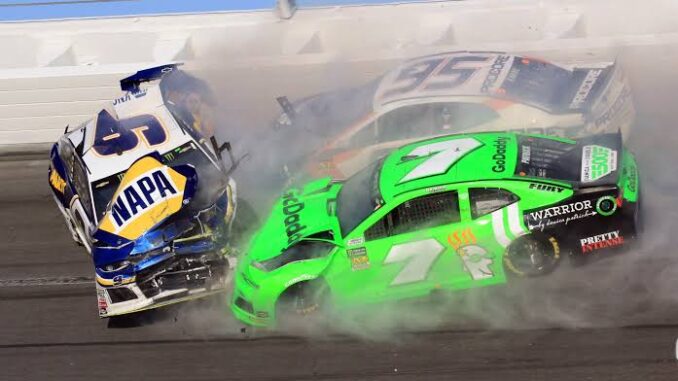
Chase Elliott’s approach to the upcoming Daytona race on Saturday highlights a crucial yet often understated aspect of competitive racing: avoiding crashes. Daytona International Speedway is renowned for its high-speed, high-stakes racing, where the slightest miscalculation can lead to dramatic results. For Elliott, focusing on “trying not to crash” is more than just a safety measure; it’s a strategic approach aimed at maximizing his chances of success in one of the most unpredictable races of the NASCAR season.
Daytona is known for its tight packs and frequent lead changes, making it a breeding ground for potential accidents. The nature of restrictor plate racing, which is used to limit the speed of the cars and create more competitive racing, means that cars are often closely bunched together. This close proximity increases the likelihood of “the big one,” a multi-car pileup that can dramatically alter the race’s outcome.
Elliott’s goal to avoid crashing reflects his awareness of these risks. By focusing on staying out of trouble, he not only enhances his own chances of finishing well but also positions himself strategically to capitalize on opportunities as they arise. This approach requires a blend of patience, situational awareness, and tactical acumen.
In races like this, where every position is fiercely contested and fortunes can change in an instant, Elliott’s strategy underscores the importance of consistency and survival. By navigating the race carefully and avoiding unnecessary risks, he aims to stay in contention for the victory while minimizing the chance of being caught up in accidents that can ruin his chances and those of his team.
Ultimately, while winning is the ultimate goal, a well-considered strategy that prioritizes staying out of crashes can be a decisive factor in achieving that victory in the tumultuous environment of Daytona.
Leave a Reply